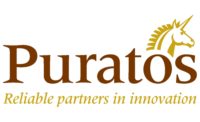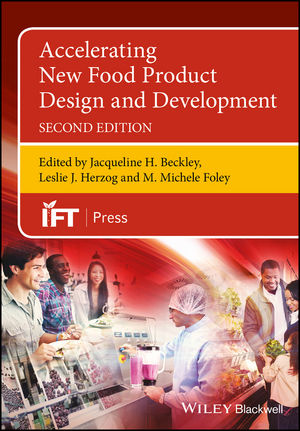Puratos inaugurates sourdough library

Puratos, Brussels, inaugurated its Sourdough Library at the Puratos Center for Bread Flavour in Saint-Vith, Belgium. The first-of-its-kind library aims to preserve sourdough biodiversity and sourdough baking knowledge. Eric Kayser, master artisan baker and chairman of the board of Maison Kayser in Paris, joined the inauguration to place his sourdough in the library, among some 40 other sourdoughs coming from Italy, the U.S. and Greece. Other collection programs are running in France, China and Spain.
The official opening of the library introduces a truly unique and exceptional concept, the company reports: The first-ever collection of authentic sourdoughs from around the world. “The aim is to preserve sourdough diversity and sourdough baking knowledge, as well as to maintain the sourdough heritage,” the company states.
Different sourdoughs are kept and grown in perfectly controlled conditions, ensuring the viability of these sourdough strains for years to come. To date, Puratos’ scientists working together with universities such as the University of Bari, one of the leading references in sourdough microbiology, in different countries have identified more than 700 different yeasts in their samples and more than 1,500 lactic acid bacteria.
Sourdough is a natural leavening agent for bread that can be traced back to ancient civilizations from around 3000 B.C. A typical sourdough is a blend of flour and water fermented by microorganisms: Lactic acid bacteria; and wild yeast. They are naturally present in flour and air, as well as in other raw materials like apple juice or yogurt, which are sometimes used by bakers to give some uniqueness to their sourdough. Sourdough gives a very distinctive taste to the bread and, depending on the type of sourdough, the result can be very different. With the introduction of baker’s yeast some 150 years ago, bakers started to forget how to make sourdough. However, in recent years, as a result of the trend toward more authentic-tasting bread, sourdough has made a convincing comeback.
Looking for a reprint of this article?
From high-res PDFs to custom plaques, order your copy today!








